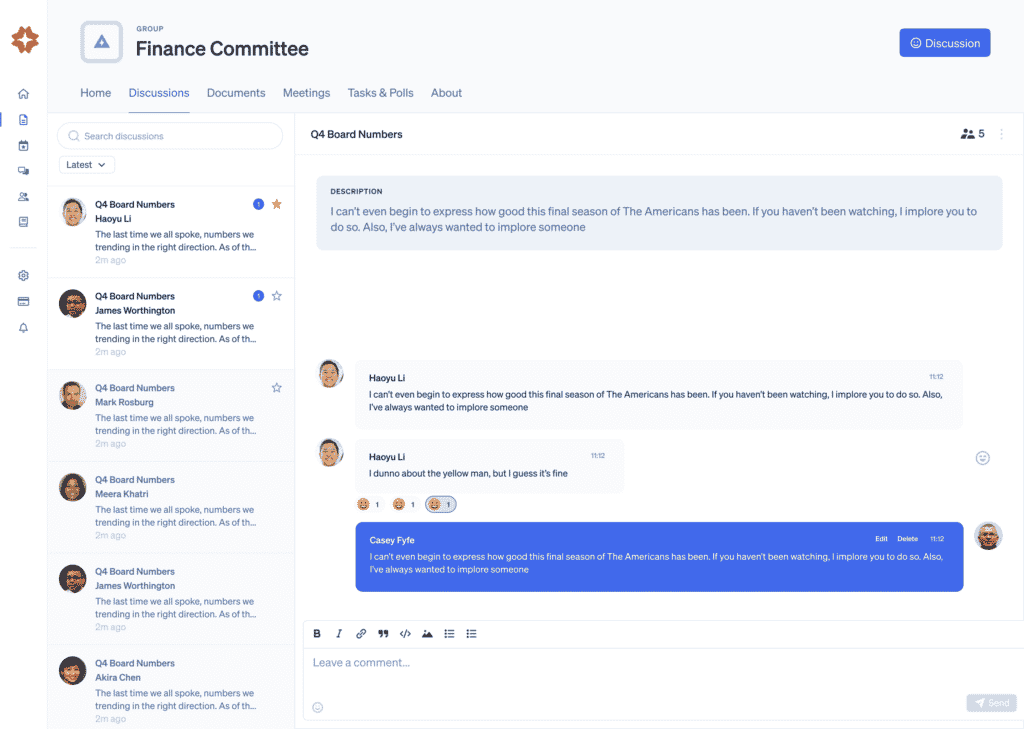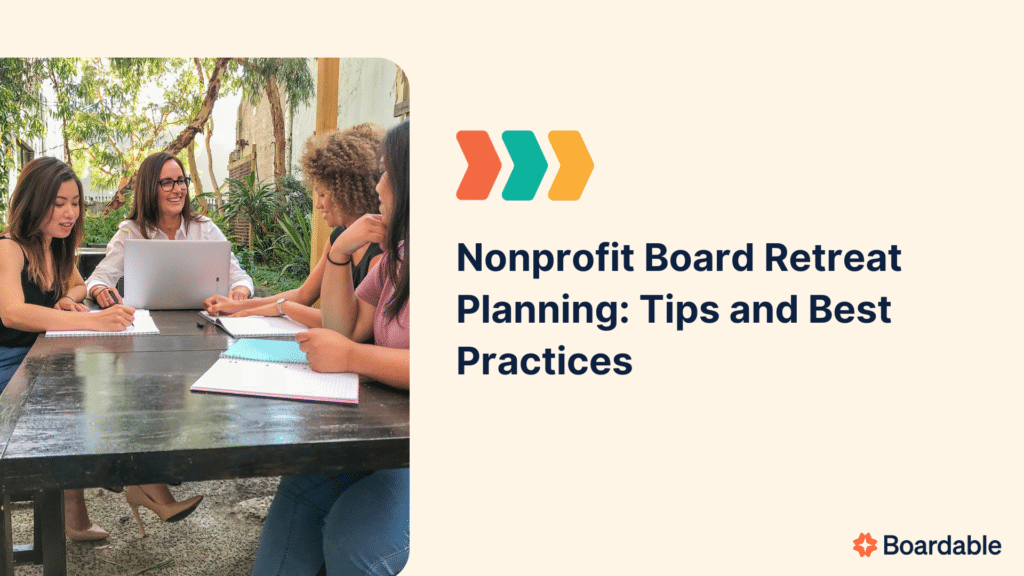When it comes to managing and running a nonprofit, there are two roles that sound interchangeable. However, they are actually quite different and unique. Most importantly, both of these roles are critical in their own way to the long-term success of a nonprofit organization. Here, we’ll take a look at the differences between the board chair and executive director. Additionally, let’s read some actionable steps for setting these roles up for success.
Differences Between the Board Chair and Executive Director
A board chair is the leader of a nonprofit’s board of directors. Because a nonprofit board makes high-level strategic decisions for the organization itself, the board chair is mainly focused on helping a nonprofit achieve its mission long-term. An executive director, on the other hand, is responsible for managing the operational side of a nonprofit organization. The executive director handles all of the day-to-day initiatives of an organization and works directly with employees, volunteers, and other teams to fulfill the charitable mission of a nonprofit.
Understandably, some responsibilities do overlap, which is why clearly defining each role is key. And, most importantly, a board chair and executive director must be in complete alignment over mission, strategy, and direction for a nonprofit to ensure both are working towards the same goals. Let’s look at some of these differences and how to be successful.
Difference #1 – High-Level vs. On-the-Ground Decision Making
One of the biggest contrasts between what a board chair and a nonprofit executive director are responsible for is scale. The board chair is focused on high-level strategic planning, and the executive director is more hands-on. The board chair and the nonprofit board determine the overarching scope, goals, and strategic direction of a nonprofit. Then, the executive director works with the people on the ground – staff, volunteers, accountants, marketers, fundraisers, etc. – to turn these high-level goals into reality.
Difference #2 – Subject Matter Expert vs. Long-Term Resource
Another key difference is the length of tenure for board chairs and executive directors. Board chairs, and nonprofit board members in general, aren’t often part of a nonprofit organization for more than a few years. In fact, it is a best practice of nonprofit boards to bring in new people on a rotating basis, between two and four years, to ensure that strategic decisions stay timely. This is why most board chairs are subject matter experts in their own right. Executive directors, on the other hand, can be in this role for years and can become highly skilled at working with and helping to transition board chairs and other board members. Many times, executive directors become a key resource for nonprofit boards to help find and appoint new board chairs.
Difference #3 – Financial Responsibility vs. Management Responsibility
A final key difference is the terms of responsibility for board chairs and executive directors. Legally, all board members, and especially a board chair as leader of a nonprofit board, adopt responsibility for the financial compliance of a nonprofit. This includes all inbound and outbound transactions including donations, large gifts, and employee payroll. The executive director manages many of these transactions and is typically responsible for finding and attracting new donations and gifts. However, he or she is not legally responsible in any way.
Tips for Success
In order to ensure these two roles are on the same page, here are some actionable tips for success:
- These two leaders should have regularly occurring touch points outside of board meetings to go over issues or questions.
- Executive directors should be included in all nonprofit board meetings to act as a source of truth for the day-to-day operations of the nonprofit.
- Board chairs should conduct an annual performance evaluation of the executive director and other key staff members along with the rest of the board.
These crucial roles are too important to lump together. By recognizing how they differ, your board can support them successfully. We hope the tips in this blog post will help your board and staff thrive!




